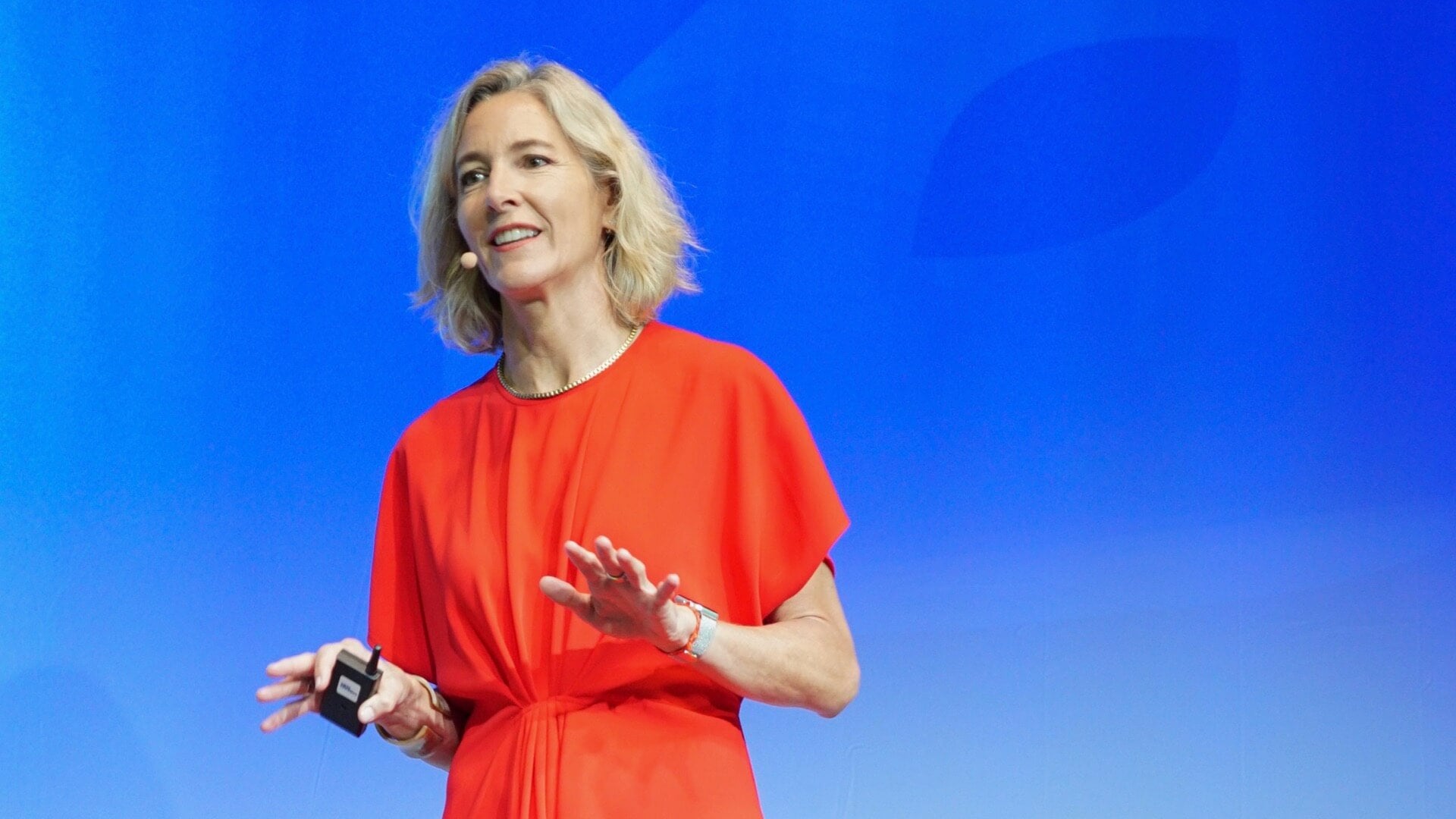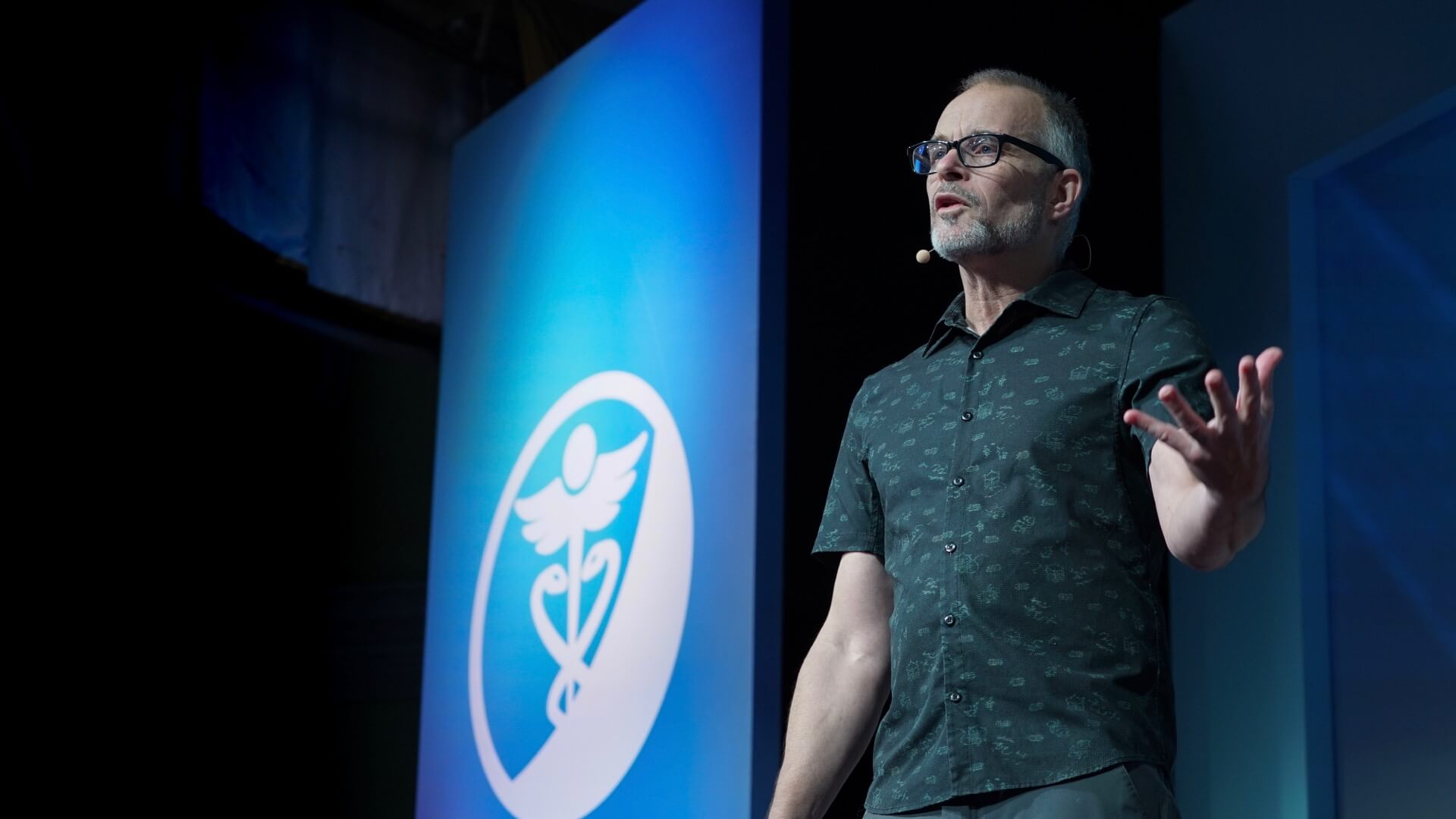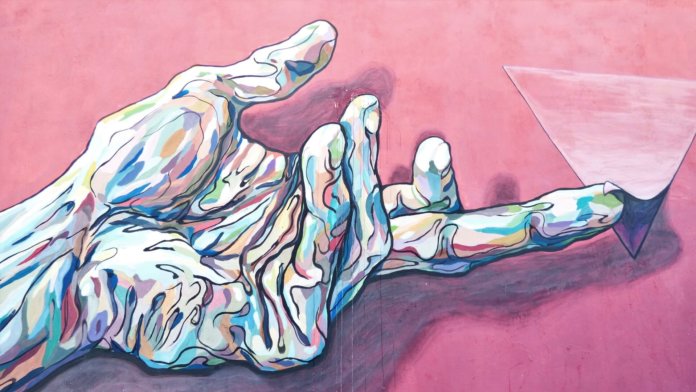It’s hard to watch a loved one get sick. Their eyes go glassy. Their breathing is punctuated by body-wracking coughs. Feverish and aching, they struggle to get out of bed.
Hard as these symptoms are to witness, they’re so familiar you don’t need a medical degree to know it’s probably a bad cold and maybe the flu. Get some rest, hydrate, pop some ibuprofen, see a doctor if the symptoms significantly worsen—and wash your hands, for heaven’s sake.
For most of history, however, even the finest physicians only slowly advanced beyond the basics of biology and medicine we take for granted. There have long been forms of diagnosis, treatment, and prevention, but these were rudimentary at best and superstitious at worst.
“The history of innovation is not that exciting—until you get to the 20th century,” Jane Metcalfe, cofounder of Wired and founder of Neo.Life, told the audience at Singularity University’s Exponential Medicine in San Diego this week.

Since then, biology and medicine have been on a tear, Metcalfe said. Early last century, doctors mastered blood transfusions and complex surgeries. They began controlling and eradicating infectious disease with sterilization, antibiotics, and vaccines and found drugs to manage pain.
Then, around the middle of the century, scientists began amassing a deep body of biological knowledge—knowledge we’re now using to manipulate the fundamental processes of living things.
It’s a familiar story, but one that suggests something radical. Just as physics and chemistry have given humans power over the world of the inanimate, biology is giving us the ability to engineer living systems, from viruses and bacteria to animals and people.
Which is why Metcalfe thinks design could be the next big thing in medicine.
We’ll combat disease and improve human health by designing biological systems from the ground up. “We can design embryos. We can edit genes in humans. We have synthetic biology. And so we really are looking at designing future humans,” Metcalfe said.
Tools to Design Our Own Biology
The best known bio-design tool to date is undoubtedly CRISPR genome editing. With CRISPR, scientists are closer than ever to manipulating genes down to the letter.
There are now a number of increasingly refined CRISPR-based systems, the latest of which, CRISPR prime editing, has been described as a word processor for gene editing. Meanwhile, the first approved gene therapies are making their way (at times painfully) into cancer treatment.
Just last year, Metcalfe said, the world was shocked to learn a scientist in China, Dr. He Jiankui, had used CRISPR to edit human embryos and confer immunity to HIV (and potentially other unintended traits in the process). He went even further by implanting the embryos, and the first genetically modified babies were born in China in 2018. He’s work was universally condemned by the scientific community as sloppy and unethical. Yet, another scientist, this time in Russia, has since made public his intentions to use CRISPR to edit human embryos too.
The ethics quite clearly haven’t caught up to the science, and the tools themselves are still being sharpened, but it’s likely only a matter of time before scientists, researchers, and doctors begin more responsibly snipping out disease-causing genes and, perhaps, even splicing in beneficial ones.
George Church is anticipating that day.
“George is probably the most prolific bioengineer of our time,” Metcalfe said. “[There] are fifty different alleles that he’s tracking that are beneficial to humans.” These variants include genes that help protect against cardiovascular disease and Alzheimer’s disease. Others may improve memory and learning and extend your telomeres.
But our design abilities won’t be limited to existing genes, Metcalfe said. Scientists are assembling entirely new synthetic biological systems from scratch too.
Beyond Evolutionary Design
“We’re writing DNA code—and we’ve been doing this for a while—but we’re starting to get good at it,” said Andrew Hessel, Humane Genomics CEO and nanotechnology/biotechnology faculty at Singularity University, in a talk following Metcalfe’s.
Hessel pointed to Twist Bioscience a synthetic biology company that went public in late 2018. Twist manufactures short custom sequences of DNA (oligos) at scale. Customers can design and order sequences and have them delivered by Fedex. With tools like this, synthetic biologists have begun creating synthetic enzymes and proteins, some of which have even proven themselves functional—like their natural siblings—in bacteria.
Scientists are thinking bigger too.

Craig Venter, already famed for his work sequencing the first human genome, announced the first reproducing synthetic bacteria back in 2010. He followed up with a streamlined “minimal” synthetic cell in 2016. Boasting the smallest known genome, it has no natural counterpart. Then this year, another group announced they’d made synthetic E. coli bacteria with a four million base-pair genome—four times longer than Venter’s 2010 achievement—and using just 61 codons instead of 64. Currently, scientists are working with yeast to make the first synthetic eukaryotic cells.
The ultimate goal is writing whole human genomes from scratch, and Hessel cofounded Genome Project-write (GP-write) to convene the world’s top synthetic biologists to do just that.
There are obviously big hurdles that still need clearing—including software that can make design more accurate and efficient and DNA synthesis tools that assemble longer base-pair sequences—and Hessel’s group recently published a paper outlining the challenges. Nonetheless, Hessel said the group doesn’t think any of these will take more than a decade to solve.
“Literally in 10 years we’ve gone from making proteins synthetically to making a eukaryote,” he said. “As soon as we can start making whole chromosomes, well, we’ve only got 23 of them. It’s not going to take very long until you end up bumping up against the human genome.”
Now’s the Time to Start the Conversation
The pace of change in biology and medicine has been swift, Metcalfe said.
Researchers discovered DNA’s structure in 1953, the first IVF baby was born in 1978, and we met Dolly the sheep, the first cloned animal, in 1996.
In just the last two decades, scientists went from sequencing the human genome at great cost and effort to sequencing it for under $1,000 in a day. Now there are an estimated million-plus complete human genomes on the books.
We’ve graduated from complex and costly gene editing tools to tools that can be sold in a kit for a few hundred bucks. Scientists are building genomes from scratch and booting them up.
The question is no longer whether we’ll be able to design our own biology—the tools are already here—the question is can we handle the responsibility?
“This technology is going to touch every business, every sector, every government, every person,” Hessel said. “This isn’t a presentation for now, it’s the start of a conversation with all of you for the future.”
Image Credit: gustavo centurion / Unsplash



